As an experienced traveller, you may have noticed that in recent years transport companies have included the option of offsetting your ecological footprint; this is because the need to preserve the environment is becoming increasingly pressing, and a traveller has to take into account that their presence in a place has an impact on the place they visit, both environmental and social.
We at Visit Italy care deeply about preserving our beautiful country so that everyone can enjoy its beauty to the full, so we have compiled 7 useful tips for you to control your ecological footprint in a practical way during your trip.

Ecotourism: what it is and how to practice it

As we said, travelling to a new destination is not just about discovering unknown places: our presence influences the environment around us, and our journey will impact the places we visit even if we may not realise it at first. Every choice we make, where we sleep, how we move around, where we eat, all contribute to changing the landscape, for better or worse.
Ecotourism is a reflection that has emerged over the last few decades, prompting people to travel more consciously, suggesting alternative solutions to preserve nature and improve the lives of the local people.
Ecotourism combines the principles of sustainable and responsible tourism, providing a veritable list of tips on how to make one's holiday as carbon-neutral as possible while enjoying it to the full.
So here are our practical tips for an eco-friendly holiday in Italy, so it is not only the journey that will have a beneficial effect on you but also your presence that will improve our beautiful land.
7. Ecotourism in Italy means travelling in low season
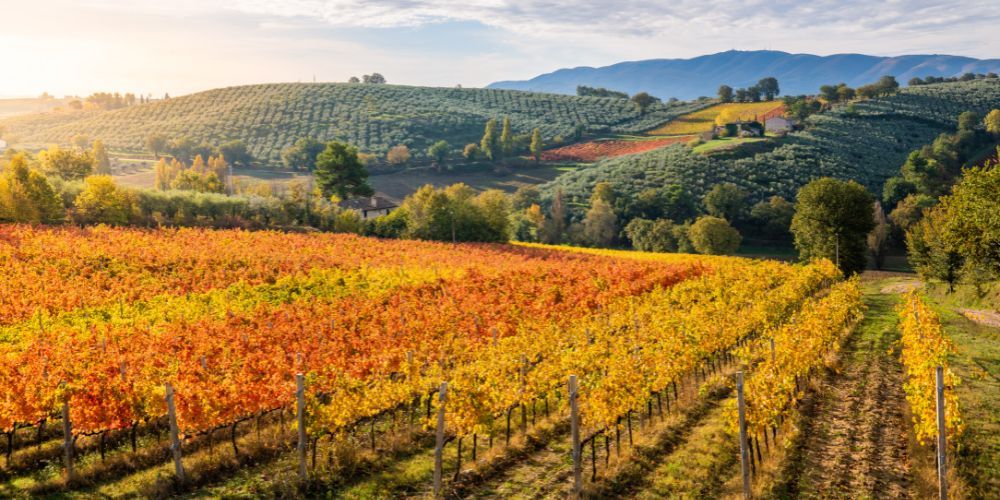
Autumn colours among the vineyards of Umbria
Italy is known the world over for its history, art and food, heritages available throughout the year in almost every corner of the peninsula. Unfortunately, most tourists decide to visit Italy during the summer season, to take advantage of the climate and enjoy the sunny beaches of sea and lake coasts.
One of the principles of sustainable and responsible tourism is to choose to travel in the low season, which is the period from February to May and September to November. Travelling during these periods allows territories to survive and thrive not only during the summer (or winter) season, but all year round.
In addition, the trip will be much cheaper and the absence of hordes of tourists will allow you to enjoy the most beautiful Italian attractions in peace.
Not sure where to start? Follow our tips on what to do in autumn in Italy.
6. Move like a local
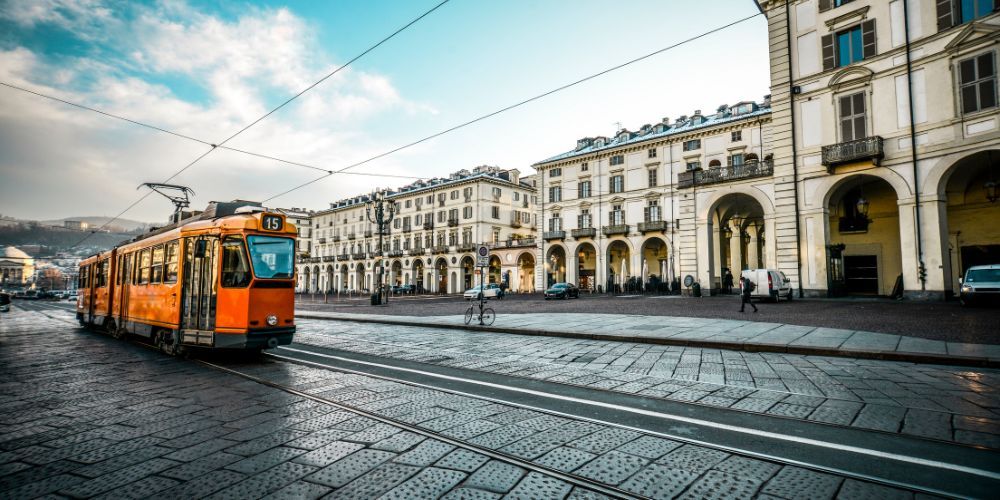
Historic tram in Turin
As mentioned earlier, for the past couple of years many transport companies have been offering customers the opportunity to offset the CO2 emissions caused by their travel. But when we are at our destination, how can we reduce our ecological footprint?
One of our most important tips is to get around on foot, by bicycle or scooter, or by using public transport. The latter option is very good if we talk about large city centres, where you can find efficient networks of buses, trams and metros.
If you are in Turin, you will notice that most of the main attractions are located in the city centre, which we highly recommend visiting on foot or by bike so as not to miss the city's most magical corners. But Piedmont's capital is one of the few in Italy that still uses historical trams, at the same price as more modern means of transport. On board these vehicles you can experience the unique atmosphere of Italy's most magical city.
You can find our tips on getting around the major urban centres here.
Find out how to get discount on transport Turin and Piedmont5. Visit small villages

Spello
Italy is dotted with small villages and small towns that hide incredible treasures. You will really love your trip to Italy because you can find beauty everywhere. You'll find yourself visiting tiny towns in Sicily where the small main church displays all the main features of Baroque; walking through the Alps, you'll find widespread villages made up of old wooden farmhouses from the last century; in the heart of Tuscany, you'll discover movingly beautiful Renaissance frescoes hidden in towns so small they don't even have a cinema.
Why is visiting these small villages a sustainable and responsible tourism choice? Because by doing so, you are actively helping to preserve these treasures. The inhabitants of these villages are very proud of their human heritage, and seeing that these resources bring tourists from all over the world to their small towns will make them more inclined to keep them in good condition. Bringing tourism to these small villages, you will help keep them alive: the local people will be keen to show you around and show you the most authentic Italy.
Here are some examples of small Italian villages worth a visit, some of which have been listed among the most beautiful villages in Italy. The town of Spello in Tuscany, with its spectacular spring flower displays and the Villa dei Mosaici (8,300 inhabitants), is one of the most beautiful villages in Italy. Dolceacqua, The Ligurian town on the border with France, is a small village of around 2,000 inhabitants, which Monet used as a model for his paintings. Finally, the town of Gromo, in Val Seriana, in the heart of the Alps: a small jewel with a marvellous 13th-century castle and 15th-century Palazzo Milesi (1,200 inhabitants).
4. Trekking on ancient paths

The mountain ranges of the Alps and the Apennines across the entire Italian territory: thanks to these majestic reliefs in many regions, it is possible to make spectacular treks characterised by breathtaking landscapes.
Many of these paths were laid out in Roman ages for commercial or military purposes, and it is still possible to admire stretches of ancient foundations and the famous 'milestones'. Other paths in the Alps are called "mule tracks" and were used by the locals to climb the slopes as quickly as possible and to reach the alpine pastures in a short time. As the word suggests, these paths were used by mules to transport food for the shepherds during the transhumance.
Deciding to walk one of these roads in the footsteps of the ancient Italians is an experience of great human and spiritual value and a way of practising all-around ecotourism. These paths are kept clean, marked and sometimes retraced by the locals, who will be able to show you the most scenic spots, the next water source and churches and monasteries where you can sleep.
Some of the treks we would like to recommend for your eco-friendly trip are: the Via Degli Dei (God's Path), which runs from Bologna to Florence; the Via del Sale (Salt Path), which runs from the heart of Lombardy down to the Ligurian Sea and was once used to transport salt; and the Via Francigena, which crosses most of the Apennines in Italy, touching on towns such as Ivrea, Pavia, Lucca, San Gimignano, Viterbo and finally arriving in Rome
3. Cycling holidays
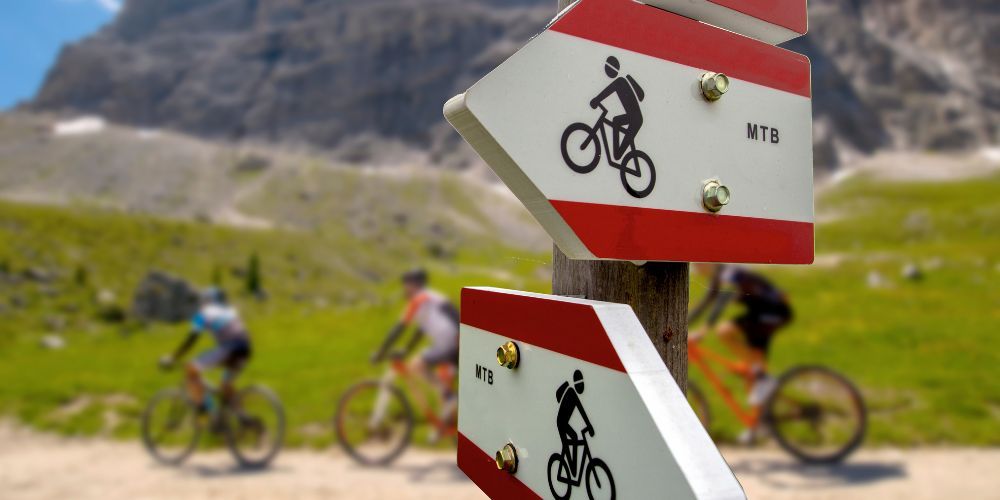
What could be greener than a cycling holiday? Cycling alone or in a company under the warm Italian spring sun will make you feel alive and free as never before! Cycle tourism is a slow choice, allowing you to fully enjoy the surrounding area without polluting the environment or submitting to the schedules and complications of road or rail transport.
Many tourist resorts and hotels have already equipped themselves with services that allow bikes to be rented on-site throughout Italy, and several travel agencies organise guided tours.
Apulia with its ancient seaside villages; the 210 km of white roads that wind through the hills of Siena and Val D'Orcia (the famous "heroic" road, a historic competitive cycling route); the romantic landscapes of the hills between the Langhe and Monferrato in Piedmont; these are just some of the possible itineraries that will allow you to discover Italy by bike, with 100% respect for the environment.
2. Ecotourism is buying local: cities food markets
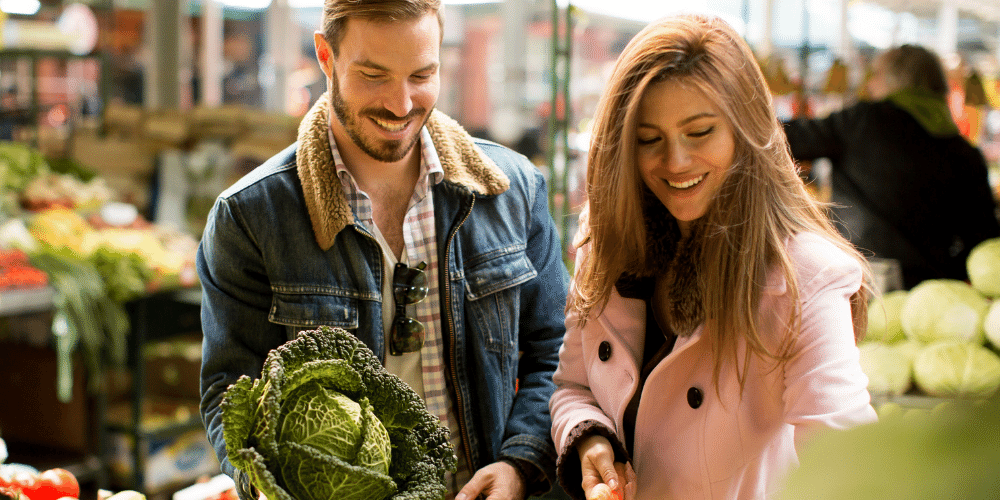
Wherever you are in Italy, in the mountains or by sea, in the city or country, in the north or south, in the centre of Italy or on the islands, one thing is sure: food will be delicious! The Italian culinary tradition is known worldwide, both for its creative recipes and, above all, for its high-quality raw materials. A fundamental choice for sustainable and responsible tourism is shopping in open-air markets: here, you will find farmers, peasants and breeders selling their healthy and organic products. Here, farmers, peasants, and breeders sell their healthy, organic produce. You will find seasonal fruit and vegetables, local meat and fish: in this way, you will be able to make the most of local raw materials and fully enjoy the best the area has to offer.
In particular, the Slow Food association organises famous 'Earth Markets' in all regions of Italy, which adhere to three great values: good, clean and fair. "Good" for the quality of the products, "clean" for is environmentally sustainable and "fair" for the respect for those who work the land.
There are also historic markets in various Italian cities where local farmers sell their produce.
Genoa's oriental market is the perfect place to find freshly caught fish, often sold with the recommended recipe. You'll also find local produce such as cured meats, basil-based condiments, olives and a vast selection of focaccia.
Bolzano's Piazza delle Erbe market is one of the oldest in Italy: it seems that as early as 1200, the valley inhabitants came here to do their shopping. Here you can find seasonal fruit and vegetables and many varieties of speck and cheese.
Would you like to taste a real buffalo mozzarella from Campania? Then don't miss a stop at the Pignasecca market in Naples! Here you will find an impressive variety of dairy products typical of the Campania region: fresh ricotta, local cheeses and the inevitable mozzarella. The Pignasecca market also sells capitoni, the usual fish cooked on Christmas Eve during the Christmas period.
At the Rialto market in Venice, you'll be spoilt for choice with all kinds of fish from the lagoon. Among the stalls, you'll also find the bacari, typical Venetian taverns with simple furnishings that offer the famous ombre (glasses of wine) accompanied by cicheti (small samples of food cooked with standard products): a great way to refresh the spirit between one stall and another.
Find out more about the typical Venetian bacari with Venice Pass1. Alpine malga holidays

Alpine pasture
If you love the Alps and want a unique, original and genuinely "green" experience, choose a stay in an alpine malga. This term refers to the high mountain pastures, the so-called alpeggi, where the cows are taken to graze the best grass and thus produce high-quality milk. In Trentino and South Tyrol, many structures in the alpine pastures host tourists: these are always very picturesque wooden huts, at an altitude ranging from 700 metres to 2500 metres.
Choosing an eco-holiday in an alpine hut will be a fun and memorable experience for the whole family: here you can work with shepherds helping them in the production of dairy products, and live in contact with the many animals that graze freely such as horses, rabbits, donkeys, ducks and pigs.
In a malga, you can taste typical dishes of excellent quality, walk in the heart of the Alps, enjoy unforgettable sunsets and sunrises and breathe the cleanest air in Italy!
Suppose you decide to plan a holiday in a malga towards the end of September. In that case, you might be lucky enough to be able to attend the desmalgada: an annual festival that coincides with the moment when the cows say goodbye to the alpine pastures and return to the farms at lower altitudes where they will spend the winter. During this festival, the sweet cattle are adorned with necklaces of flowers and cowbells, while the whole mountainside seems to glow in a final salute to these wonderful alpine animals.
About the author
Written on 12/09/2023

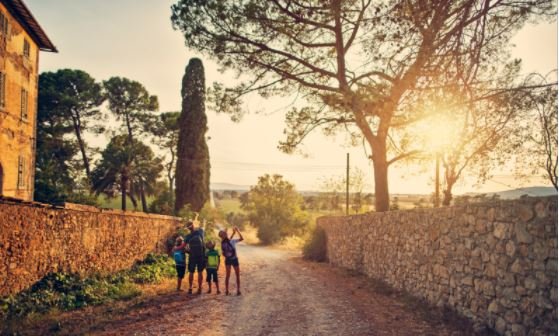

Gloria Venturini
Choosing ecotourism means preserving the natural environment and increasing the local population's well-being